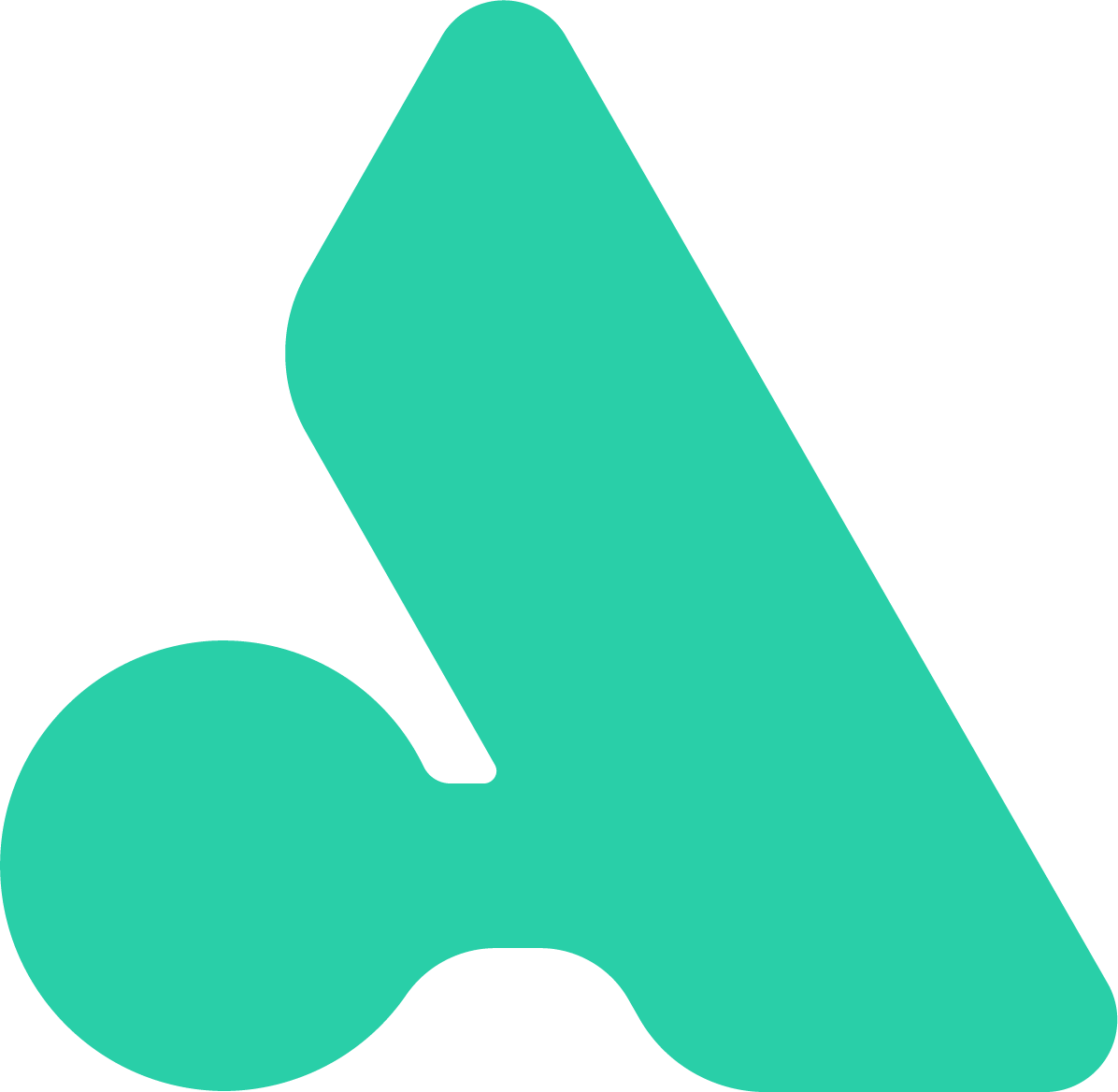In this weeks canonical chronicle, we look at:
some interesting revelations that came out of a Reddit AMA with Google Engineer, Gary Illyes. The full AMA can be found on Reddit.
Oh, a Ross’s dad Gordon makes a Cameo.
For the swipe file to share with your colleagues you can download it from SlideShare.
Canonical Chronicle – Episode 13 – Search Console Reporting Updates from Type A Media
One of the top upvoted questions was a clarification on if Hreflang, the markup that Google uses to understand which multi language pages are connected.
Official Google Documentation on Hreflang
Gary said that although Hreflang was not a ranking factor “per se”, it is important to help Google understand how to segment and understand you site in multiple countries. Reading into what he means, we need to split out the hard definition of a ranking factor. A ranking factor is something that when positively influenced changes your rankings. Hreflang is not a ranking factor, it’s a directive that helps Google understand and index your site.
If Google can understand the site and put you in the correct results in each country, it’s reasonable to assume that organic traffic would go up as a result. But it does not guarantee that the presence of Hreflang increases rankings. Kind of like having the correct canonicals on the page, isn’t a “ranking factor” but would certainly have a positive effect on traffic.
Someone asked if having an unlinked mention helps your site rank the same way as a link. The answer is no, a mention is not a link and it’s not interchangeable. That being said Gary did mention that mentions are used to define what an entity is. Entities power the knowledge graph. And the more Google understand about an entity in the world, the easier it is for the to confidently rank a site on page one. Having conducted link reclamation for our clients, the process of getting mentions updated with citation links back to the clients site, I can confirm that we’ve seen positive movements from this activity.
Moving deeper into the knowledge graph side of things, I’d be more concern with using schema on the page to help Google understand who you are. In terms, of powering this up, off-page, I would make sure that you or your business are in the top databases around the world that Google uses to power the knowledge graph and identify entities. For more information check out the 1.8m list of Wikidata identifiers to get an idea of the types of databases that Google might use. While you are there try searching for an entity that exists in your industry and check out the identifiers.
When talking about CTR and dwell time being used to rank sites, Gary said that, “ we primarily use these things in evaluations”, when talking about CTR. However, he then went onto say:
“PR answer: we use over 200 signals to rank pages.Gary answer: we use over 200 signals to rank pages, and some of those are even announced and you mentioned them.”
There was some conversation later in the thread about how Rankbrain uses past user interactions to guess the future results they might like. Which is technically using CTR data at a user level to rank things in a personal SERP. However, if we deep dive into the question, that created Google’s answer, we can see that they want us to thing in a much more simplistic way and optimise the page according to their quality guidelines. Moz ran an interesting study on CTR which Gary actually called out in a rather uncouth manner.
Gary even went as far as to link to the search rater quality guidelines doc in one of his answers.
One user asked if Google had an internal link penalty. Gary replied by saying “you can abuse internal links as much as you like” without a penalty being applied. Again, we need to be careful in understand the meaning behind the language. Internal links can be a very powerful way to indicate to Google the most important content on your site and show them a content hierarchy as well as help to cluster topics together in a meaningful way. So, although there is not “penalty” for over optimising internal links, you are probably going to see negative effects on your organic traffic as you’re not sending clear signals to Google about hierarchy of document importance or the content topic clusters that relate to one another.
One user asked if a high authority author cites or links to another author, does the authority transfer from one to another – kind of like the was page rank works? Gary answered by saying “yes” but that was a very simplistic way of looking at things. This probably means that there are a lot more factors at play than the original user inferred in their question and something that needs more digging and experimentation. On the subject of authors Google stated that they don’t need the rel=author tag any more as they are “smarter than that”/ Although Gary couldn’t recall the exact context of which this was said, he did mention that there was an entire team working on understanding bylines in articles. This leads us to believe that having marked up authors on pages is a very important part of the EAT mix. This is further backed up when we look at the search rater quality guidelines. Google doesn’t like anonymous content. When it comes to EAT, Dr Marie Haynes, an SEO consultant from Canada, continues to be leading the charge on research. She has published a very in-depth EAT guide that I’d recommend reading.
Gary refused to answer if a cross domain canonical transfers internal link equity because, and I quote, “spammers would have a field day”. However, from our experiments, we can see that they do pass page rank in some instances where the content is almost an exact duplicate and you are legitimately indicating that it is in the wrong place. We have also see example, where links were build to a domain with a cross domain canonical and the link equity transfers to the canonical page. This is of course a tiny sample size from our agency and could be completely anecdotal, so we recommend more testing and trying more traditional optimisation methods before resorting to something like this.
For those that don’t have a clue what I am on about when I say “cross domain canonicals”, here is Googles official guidelines on the subject.
Yes.
Lots of pages around a topic on your site give Google indications about your expertise on the subject. However, the user asking the question also asked if having landing pages, lead pages and more sales funnel pages increased the likelihood of ranking well – the answer was a resounding no. Although it won’t help you rank better for a chosen term, it will help you convert more – so instead of focusing on one or the other do both. When building out content strategies at Type A, we use the structure of Transactional, Informational and Conversational pages to indicate how we measure their KPIs and also have page types called Cornerstone, Money, Supporting and Navigational, to help us differentiate content value. If you want to get really smart, couple this with the GA content groupings and you will be able to really start drilling down and understand content effectiveness.
We also reported on Bing announcing that they want webmasters to submit their own URLs instead of crawling them to get them in the index. It’s an interesting concept and could work really well if adopted at a mass scale, however, its a flawed model as the onus for discovery is put on marketing people and business owners, who are not technically capable of submitting this sort of information at scale and correctly. If you are in a country where Bing has a larger search share, we’d recommend doing this as they say “it sends a strong signal” back to the search engine that the URL is important.
Perhaps the biggest news of the week, search console is now consolidating reporting to all canonical URLs. So if you have search console on mobile sites or AMP pages, you will see these sites go to zero and be consolidated over on the main canonical property account. The good news is that you will still be able to drill down on this content inside of the interface. The bad news is that it’s a Google Defined canonical, so if you have got them wrong then you may see some reporting anomalies. In order to check that the canonical is correct you can use the URL inspection tool in order to find it.


